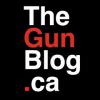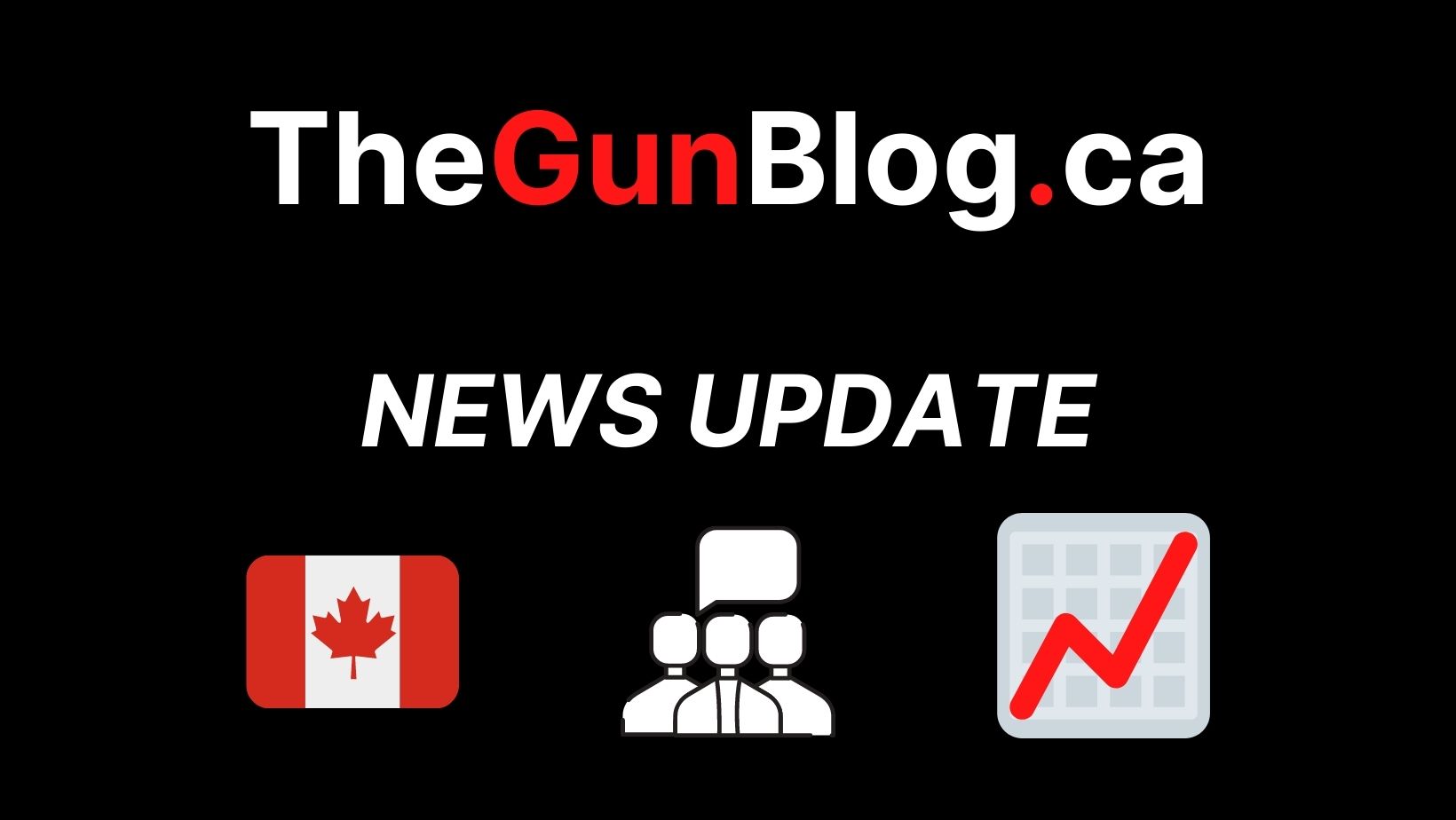Alberta Exploring Its Own Firearm Licence, ‘As Obstructionist as Possible’ on Liberal Gun Confiscations
TheGunBlog.ca — Alberta Premier Danielle Smith said she is exploring with Saskatchewan how to create their own provincial firearm licences, their newest effort to undermine and exit the Liberal Party of Canada’s anti-gun regime.
‘As Obstructionist As Possible’
Smith also said Alberta is using its 2023 Firearms Act to be “as obstructionist as possible” toward the Liberal mass criminalizations and confiscations targeting government-licensed gun owners.
Saskatchewan is using a similar approach with a similar law.
Video Source
The premier made her comments in a video shared on the X platform last night by Tracey Wilson, the Vice President Public Relations for the Canadian Coalition for Firearm Rights.
Why It Matters
Exiting the federal firearm-licensing system would be a fatal blow to the Liberal anti-gun regime.
Simply exploring the idea is a sign of hope for millions of individuals and families who own and use firearms for everything from personal protection and hunting to recreation and competition to collecting.
Alberta is reframing gun ownership away from the Liberal narrative of crime and violence, and toward civil rights and property.
Liberal politicians are fueling hostility towards themselves and their anti-firearm system with their campaign of attacks targeting government-licensed firearm users.
Smith Comments (Excerpts)
One of the things that we did is we passed a law telling our municipal governments that they are not allowed to participate in the gun-confiscation program without getting permission from our justice minister.
That’s Number 1.
Number 2, we also told the RCMP that it is not our policing priority. We want them going after “bad guys” and shutting down fentanyl labs, we do not want them going after law-abiding gun owners.
…
The fourth thing is that we’ve got our own Chief Firearms Officer, Teri Bryant. That has brought home all of our ability for us to process the firearms licences.
Our next step is, we’ve created this Firearms Act that allows us to determine the credentials and the training somebody needs to participate in the federal government’s firearms-confiscation program. And it might take us a while to figure out what all of those requirements are. It might take years, in fact, for somebody to be able to get the proper certification to participate in that program. Maybe even decades.
So we’re going to be as obstructionist as possible on that.
The last thing that I’m exploring — and I’ve asked Scott Moe, we had a joint caucus meeting with Saskatchewan, because they feel very much the same way: Is there a way for us to create our own Alberta firearms licence that would allow for us to say … [applause]: Any guns purchased legally as of, I don’t know, January 1, 2000, you can own, keep, and use in the province of Alberta. That’s what we’re going to try to do.
Because here’s the thing: The federal government can regulate certain types of property. They can regulate the criminal use. And we’ve seen this. There’s vehicular homicide. There’s drunk driving. If you’re using your vehicle in a way that is committing a crime, that falls into federal jurisdiction. But they don’t control our registry for how we do automobile registrations. That is provincial jurisdiction. That’s a property issue.
So it’s very much the same thing. Fine, federal government: control the criminal use of firearms.
But the legal use of firearms, the legal ownership of firearms, we believe that’s property and civil rights, Section [92] (13) of the Constitution, our purview, and we are going to fight it to the Nth degree, because we just do not believe that this is a proper policing priority.
Context
Politicians designed Canada’s anti-gun regime to arbitrarily and easily criminalize honest gun users and confiscate their legally owned firearms.
They invented laws and regulations based on three main tactics to control and suppress gun owners:
Controlling who is allowed to buy, sell, own, and use firearms, which firearms, and for what purpose. (“Licensing”)
Controlling who is allowed to buy and sell firearms legally from whom. (“Registering”)
Controlling which firearms people are allowed to buy, sell and own, and for what purpose. (“Classifying”)
The prohibitionist framework that has begun to unravel was developed mostly by politicians from the Liberal Party through a series of laws and arbitrary decrees since the 1960s, especially the federal Firearms Act of 1995.
Alberta challenged parts of the anti-gun law with the support of several provinces and associations, and lost its appeal with the Supreme Court of Canada in June 2000.
TheGunBlog.ca — Alberta Premier Danielle Smith said she is exploring with Saskatchewan how to create their own provincial firearm licence, their newest effort t

thegunblog.ca

 calibremag.ca
calibremag.ca











